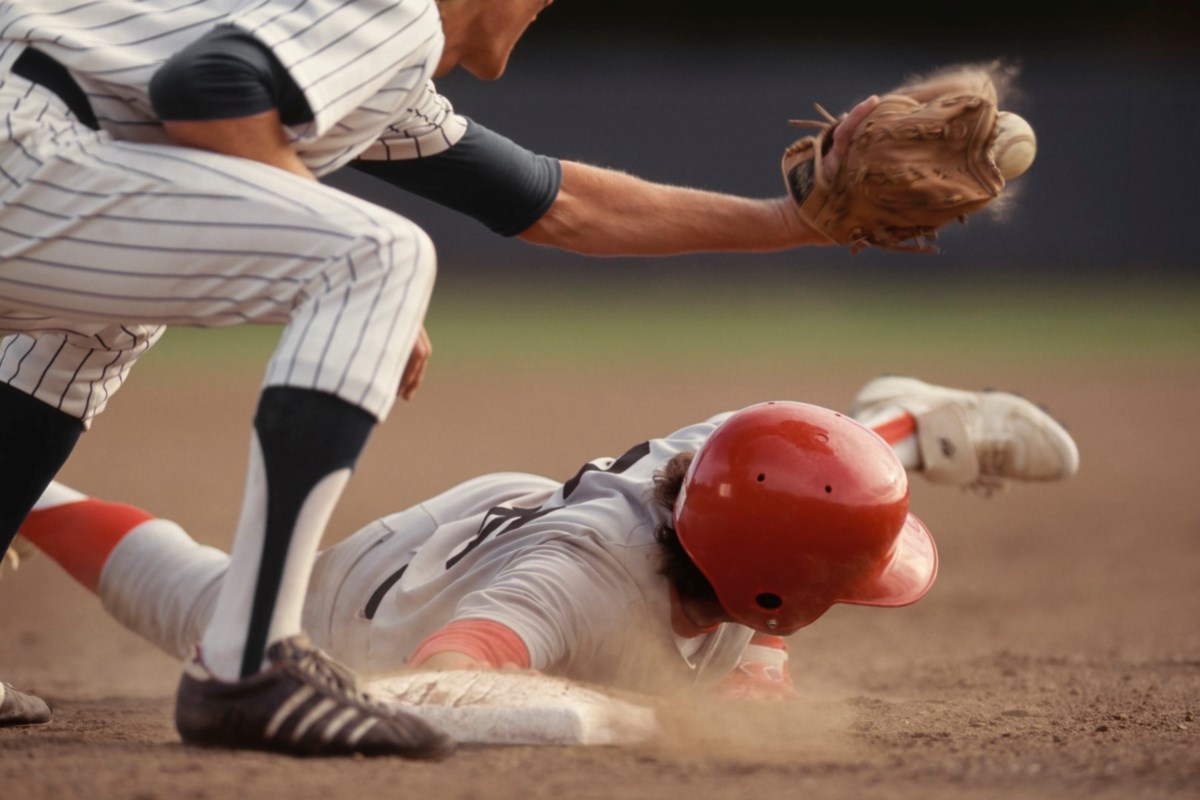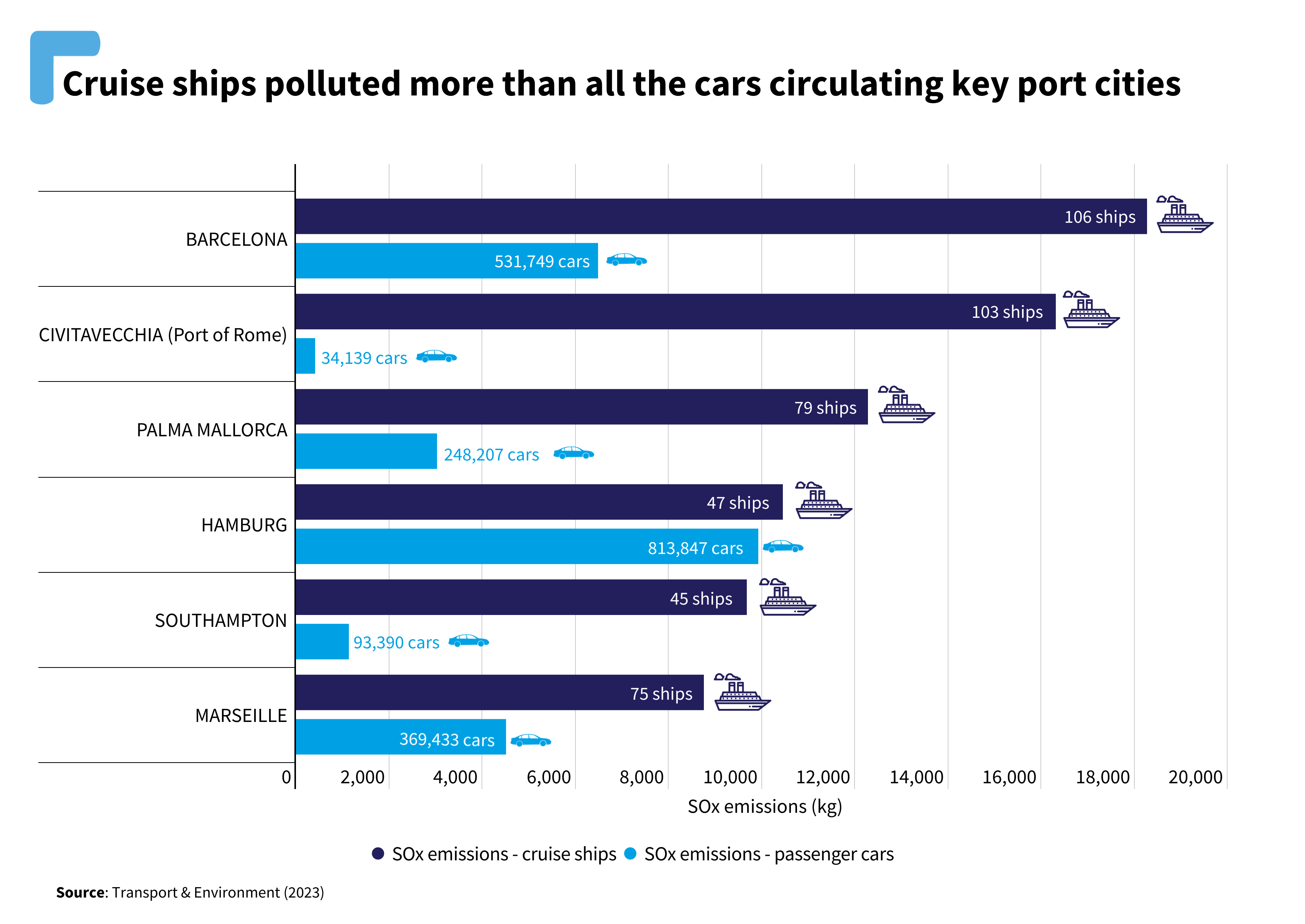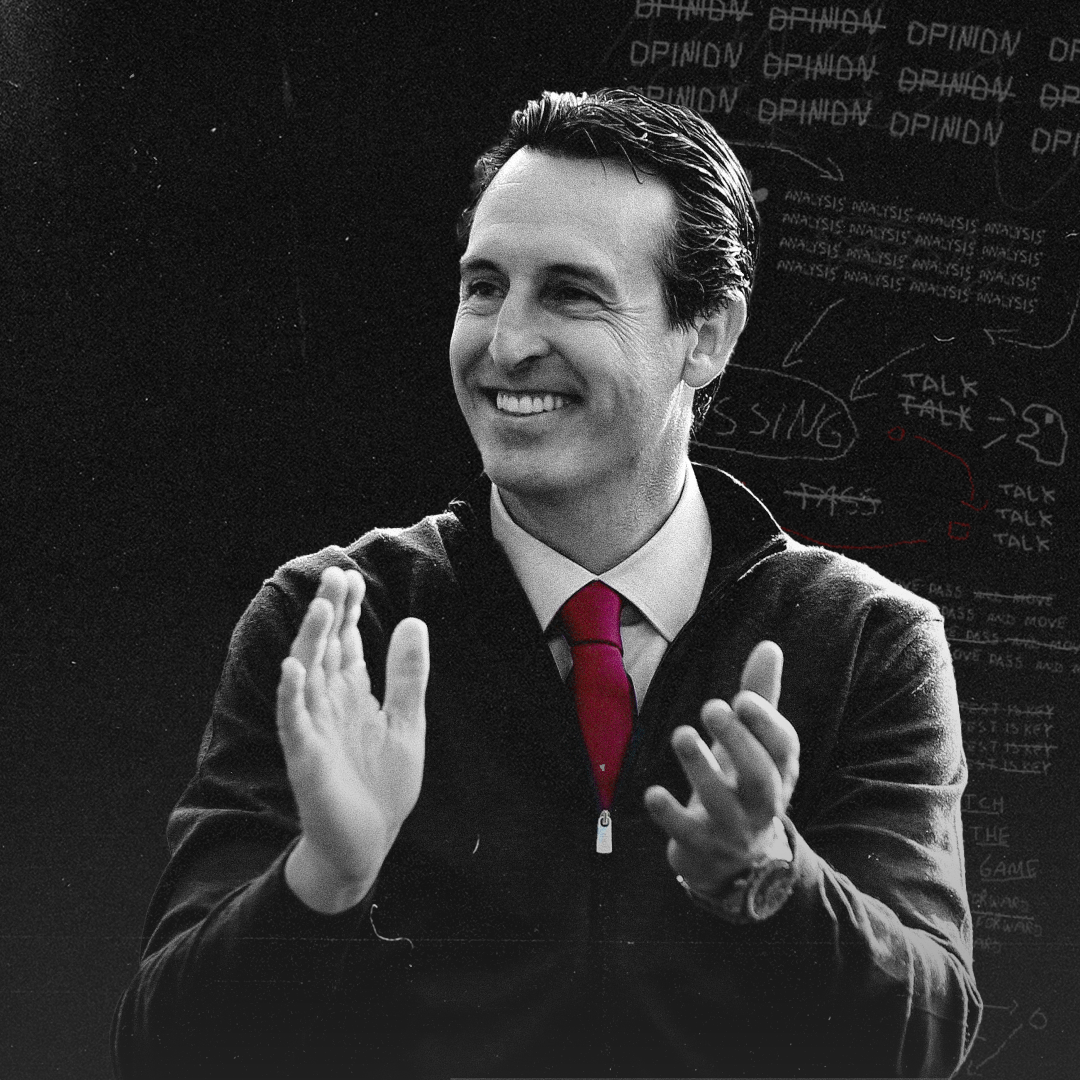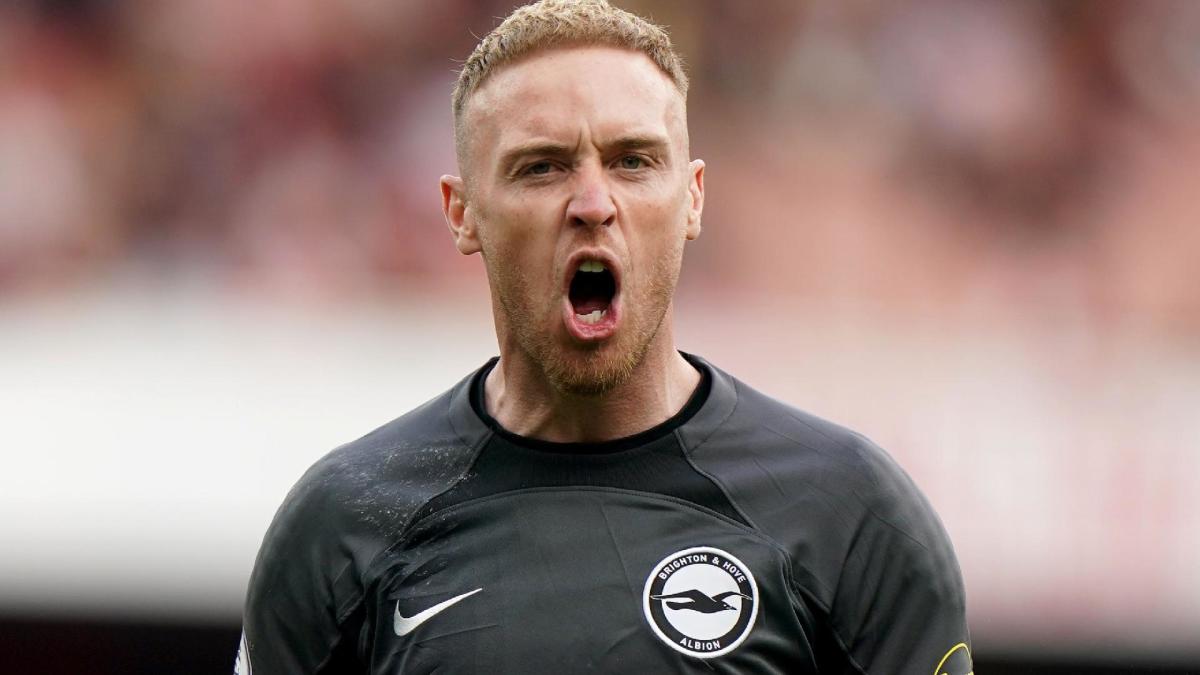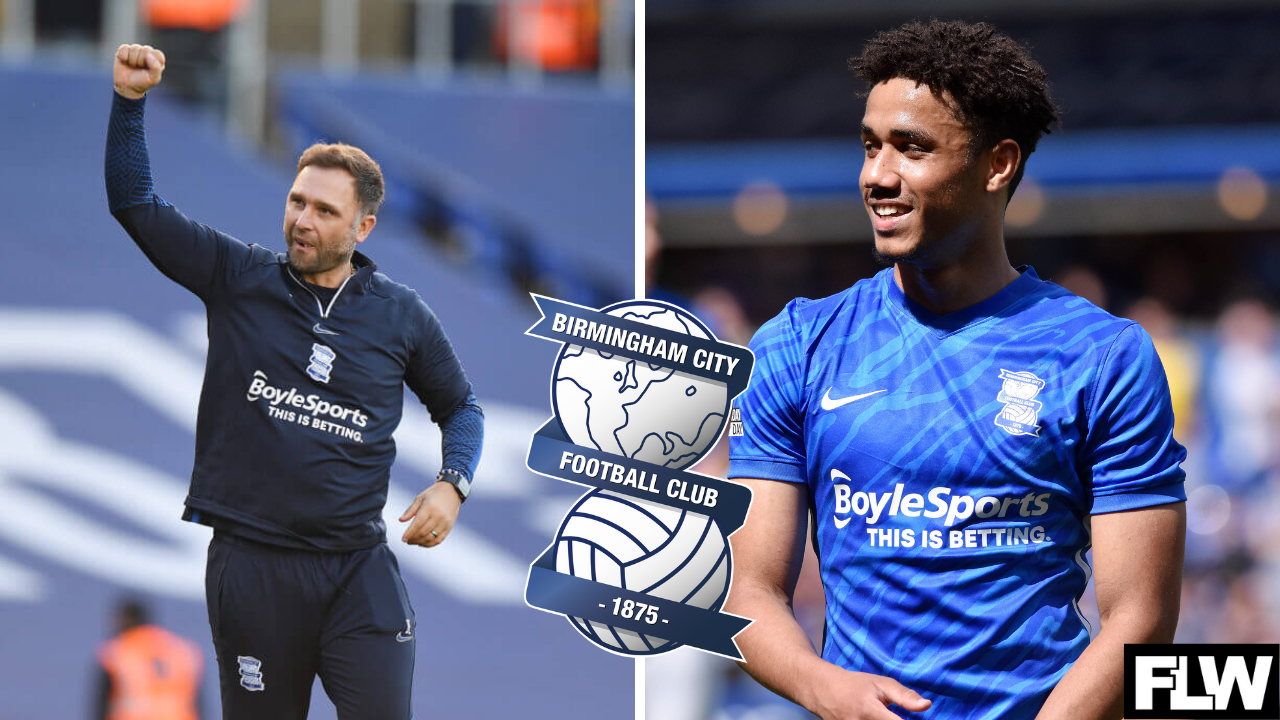A Comprehensive Guide to the Thrilling Horse Racing Season
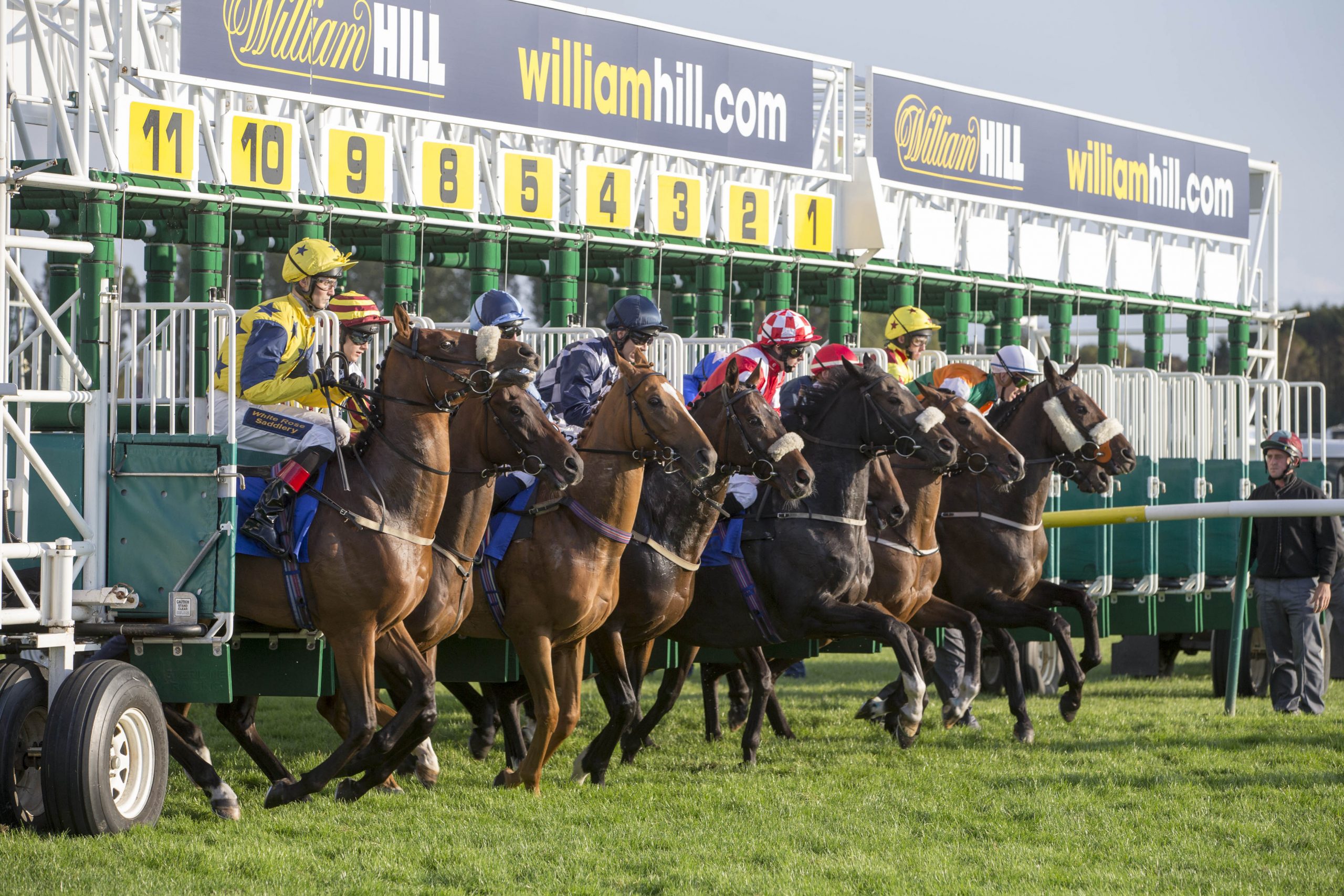
8th June 2023
The 2023 Flat racing season is hotting up as we head into the height of the summer and Royal Ascot is just around the corner.
With the biggest and best multi-day meetings still yet to come from York, Goodwood, Newmarket, and Ascot itself, this guide will provide you with all the information you need to keep in check with the key dates and horse racing terminology.
Discover more about Horse Racing Events 2023 at William Hill
Introduction to the Flat Racing Season
From the history of Flat racing to its worldwide popularity, important dates for your diary to unique regulations, this list will look to describe all the key terms associated with the sport.
What is Flat Racing?
Horse racing has two separate codes under the same umbrella: Jump and Flat racing. The latter involves no obstacles to navigate over and includes races ranging from five furlongs to just under three miles.
The History and Evolution of Flat Racing
Racing in Great Britain dates back to the 17th century with the first Derby taking place in 1780, however, chariot racing, a close relative to the code of Flat Racing that we know today, was an incredibly popular sport in Ancient Greece, Rome, and the Byzantine Empire.
Why Flat Racing is so Popular
Flat racing has become an integral part of the sporting calendar across plenty of countries worldwide; Japan, Saudi Arabia, and Hong Kong are just some examples. The level of prize money on offer at an international level for the horses competing is incredible, so much so that owners of racehorses continue to buy new horses, increasing the competitiveness of the sport which in turn improves the entertainment level and encourages more fans to come into the sport.
Flat racing season 2023: Important aspects
The Flat Racing turf season seamlessly takes over from the jumps campaign in early spring and continues for a good proportion of the remaining year. Below are the key aspects of the Flat calendar.
When is the Flat Racing season?
Flat racing occurs all year in the UK and Ireland thanks to the use of all-weather tracks, however, the typical Flat Racing season on the turf usually extends from the middle of March until the end of October. The first big day of the UK Flat Season is the Lincoln meeting at Doncaster in early April with the final big day occurring at the same track in late October with the Futurity Trophy meeting.
Bet on Horse Racing Races 2023 at William Hill
Flat Racing Fixtures 2023 – The Main Events
If you are looking to plan a day at the races this summer and want to take in some of the brilliant tracks across the UK, take a look at the list below to pick out some of the feature days.
Horse racing events – June
- 20th June – Day 1: Royal Ascot – Ascot Racecourse
- 21st June – Day 2: Royal Ascot – Ascot Racecourse
- 22nd June – Day 3: Royal Ascot – Ascot Racecourse
- 23rd June – Day 4: Royal Ascot – Ascot Racecourse
- 24th June – Day 5: Royal Ascot – Ascot Racecourse
Horse racing events – July
- 13th July – July Festival | Ladies Day – Newmarket Racecourse
- 14th July – July Festival | Festival Friday – Newmarket Racecourse
- 15th July – July Festival | July Cup Day – Newmarket Racecourse
- 28th July – QIPCO King George Diamond Weekend Friday – Ascot Racecourse
- 29th July – QIPCO King George Diamond Day – Ascot Racecourse
Horse racing events – August
- 1st August – Qatar Goodwood Festival | Goodwood Cup Day – Goodwood Racecourse
- 2nd August – Qatar Goodwood Festival | Sussex Stakes Day – Goodwood Racecourse
- 3rd August – Qatar Goodwood Festival | Ladies’ Day – Goodwood Racecourse
- 4th August – Qatar Goodwood Festival | King George Day – Goodwood Racecourse
- 5th August – Qatar Goodwood Festival | Steward’s Cup Day – Goodwood Racecourse
- 23rd August – Ebor Festival Wednesday | Juddmonte International – York Racecourse
- 24th August – Ebor Festival Thursday | Darley Yorkshire Oaks/Ladies’ Day – York Racecourse
- 25th August – Ebor Festival Friday | Coolmore Nunthorpe – York Racecourse
- 26th August – Ebor Festival Saturday | Ebor – York Racecourse
Horse racing events – September
- 7th September – Sprint Cup Celebration | September Flat Raceday – Haydock Park Racecourse
- 8th September – Sprint Cup Celebration | Afternoon Racing – Haydock Park Racecourse
- 9th September – Sprint Cup Celebration | Betfair Sprint Cup Day – Haydock Park Racecourse
- 14th September – Doncaster St Leger Festival | Ladies’ Day – Doncaster Racecourse
- 15th September – Doncaster St Leger Festival | Doncaster Cup Day – Doncaster Racecourse
- 16th September – Doncaster St Leger Festival | St Leger Day – Doncaster Racecourse
- 28th September – Cambridgeshire Meeting Day 1 – Newmarket Racecourse
- 29th September – Cambridgeshire Meeting Day 2 – Newmarket Racecourse
- 30th September – Cambridgeshire Meeting Day 3 – Newmarket Racecourse
Horse racing events – October
- 14th October – Dubai Future Champions Day – Newmarket Racecourse
- 21st October – QIPCO British Champions Day – Ascot Racecourse
- 28th October – Futurity Trophy Saturday – Doncaster Racecourse
Bet on Futures Horse Racing Races 2023/2024 at William Hill
Understanding the Rules and Regulations
Rules and regulations across the whole of horse racing are generally the same, however, with the difference in codes between the jumps and the Flat, it is worth checking what is correct in order not to be caught out.
The Flat Racing Season 2023 Rulebook
The full rulebook for the 2023 Flat Racing Season can be found here on the BHA website. The big new rule that was implemented this year was the number of times the jockey can strike their horse with the whip which was decreased from seven to six. Stronger penalties have been put in place if this rule is not abided by.
Jockeys and Trainers: Their Roles and Responsibilities
The responsibility of a jockey is to achieve the best possible position for their horse while remaining within the rules.
The responsibility of a racehorse trainer is to assess the horses’ temperament and ability at home, teach them skills, improve their race fitness, take care of their well-being, and refine their performance abilities.
Equipment and Gear Used in Flat Racing
A horse will use a wide variety of equipment during a race which can affect its overall performance.
As stated in the racecard next to the horse, the trainer will declare if their horse has any additional headgear equipment which can include blinkers, visors, sheepskin cheekpieces, sheepskin nosebands, hoods (which can be red for pre-race only or black for the race itself), and tongue straps.
General equipment that will be used on every horse in the race includes a saddle, saddle cloth (with their race number indicated), non-slip pads underneath the saddle, weighted saddle cloth, bit for the mouth, reins, and girth strap.
Check out all the latest betting offers at William Hill

